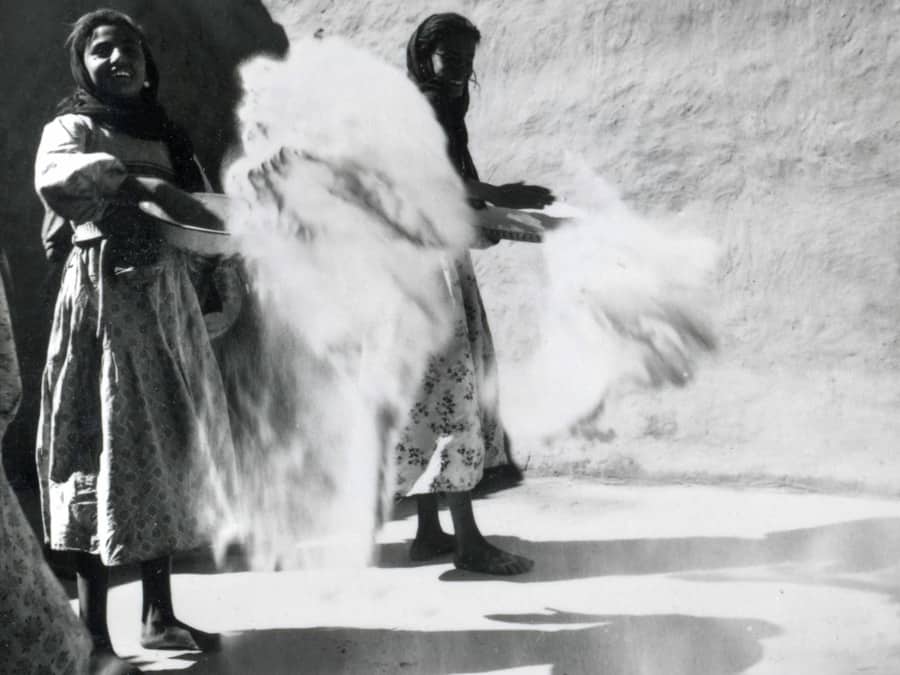https://www.thecairoreview.com/portraits-of-nubian-life/
Egypt's Nubians have suffered several bouts of displacement over the past two centuries. The latest and most massive was in the early 1960s, when almost fifty thousand Nubians were forced to resettle north of their villages on the southern Nile Valley to make way for Aswan's High Dam. Their villages were eventually flooded.
The Nubians not only left behind remnants of an ancient civilization in the form of monuments and ruins, but also risked losing their way of life and rich culture when they moved. From Nubian architecture to social and daily life practices such as building houses, baking bread, weaving baskets, and celebrating weddings and moulids, this slideshow—through the rare photographs of Abdel-Fattah Eid—offers a glimpse into how Nubians lived before the last displacement.
Eid was a photographer for Al-Ahram newspaper who joined the American University in Cairo's "Ethnographic Survey of Egyptian Nubia," an anthropological expedition undertaken by the Social Research Center as part of the university's effort to document Nubian life and social organization in the 1960s. His collection is available at AUC's Rare Books and Special Collections Library.

No comments:
Post a Comment